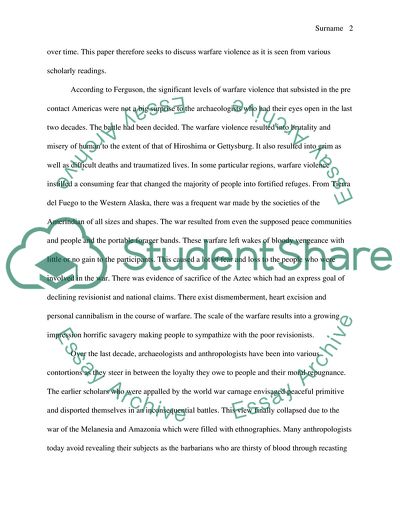Cite this document
(Warfare Violece and the Intellectual Battlefield Book Report/Review, n.d.)
Warfare Violece and the Intellectual Battlefield Book Report/Review. Retrieved from https://studentshare.org/psychology/1774317-warfare-violece
Warfare Violece and the Intellectual Battlefield Book Report/Review. Retrieved from https://studentshare.org/psychology/1774317-warfare-violece
(Warfare Violece and the Intellectual Battlefield Book Report/Review)
Warfare Violece and the Intellectual Battlefield Book Report/Review. https://studentshare.org/psychology/1774317-warfare-violece.
Warfare Violece and the Intellectual Battlefield Book Report/Review. https://studentshare.org/psychology/1774317-warfare-violece.
“Warfare Violece and the Intellectual Battlefield Book Report/Review”, n.d. https://studentshare.org/psychology/1774317-warfare-violece.


